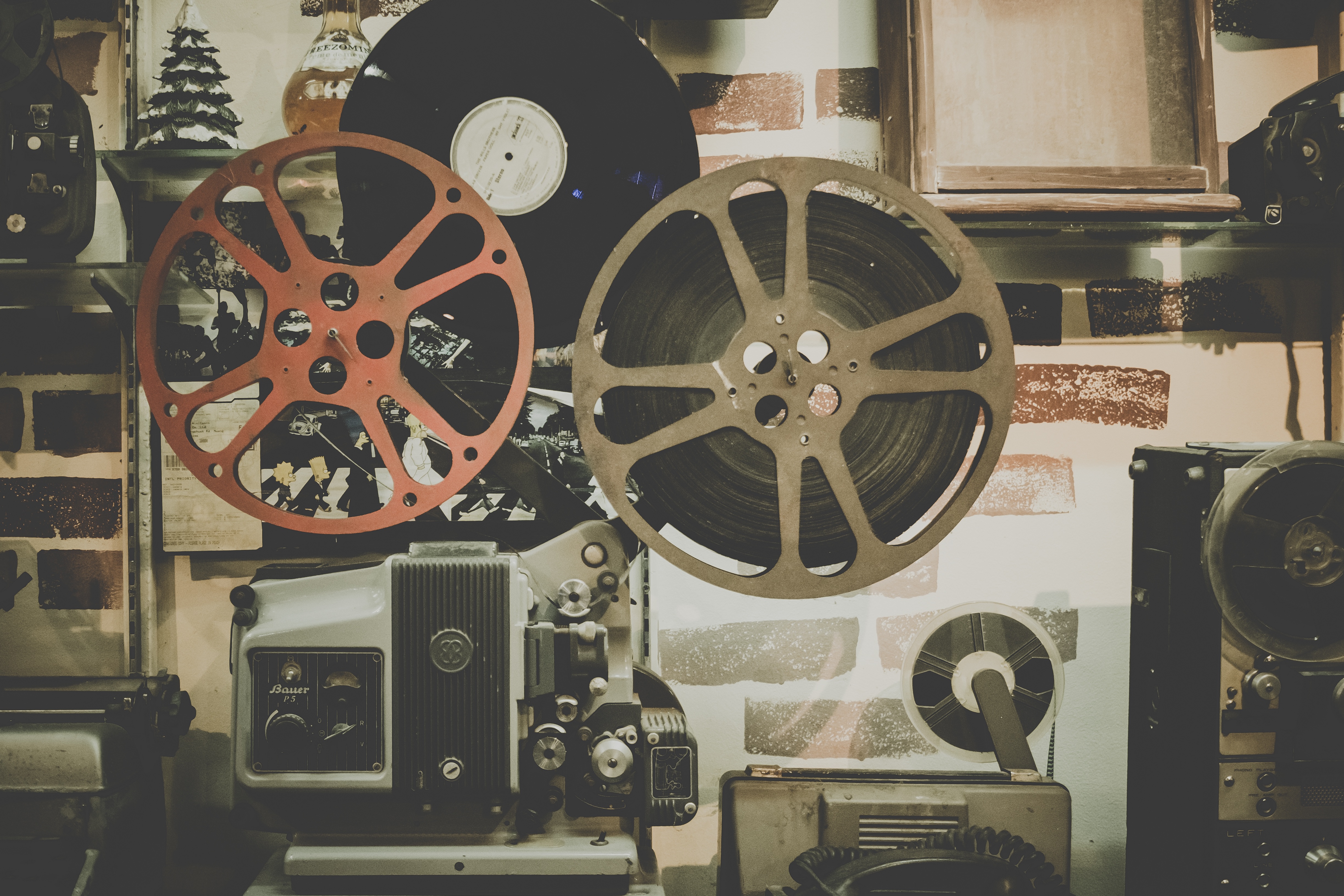One of our more recent readings in Media 1 explored textual analysis from a media practitioner’s perspective. I have to say, it blew my mind a little bit; What made sense to me is that every cultural product made by humans is a text, and every text can be analysed.
These texts are analysed through semiotics; Semiotics and media are intertwined and depend on one another, allowing to make connotations, suggestions and representations that are communicated to audiences.
What I think caught my interest however is the notion that the language of signs differs among cultures; every ethnicity, religion, nationality and culture has their own language of signs and symbols that correlate with their social rituals and cultural beliefs. For example, in Western cultures such as Australia or the United Kingdom, the colour white is used as a symbol or connotation of purity, chastity, hope, etc. However in Eastern cultures, such as China or Japan, the colour white is a symbol of sickness and death, and is used to represent negative ideas. While an English woman may wear a white wedding dress for purity and happiness, in China white is worn to funerals.
This language-barrier, or perhaps a ‘semiotic barrier,’ is something I want to investigate and understand further in my studies. An example that I can think of surrounding how different cultures are represented by eachother comes from the 2013 fantasy-drama epic 47 Ronin, directed by Carl Rinsch. In the climactic battle scene that takes place during the wedding of Mika (Ko Shibasaki and Kira(Tadanobu Asano), the bride Mika is shown in a white wedding dress. On one level, this contradicts the source material’s Japanese heritage; a Japanese bride would wear red, as white is a colour of misfortune and illness. On another level, however, the film may have been written in this manner to connote a sense of Mika’s despair at an enforced marriage.
This is what I love about text analysis; any number of ideas and theories can be unpacked from a text, and it’s not wrong or right. It’s just another theory, which can be agreed or disagreed with, but cannot be negated outright.






